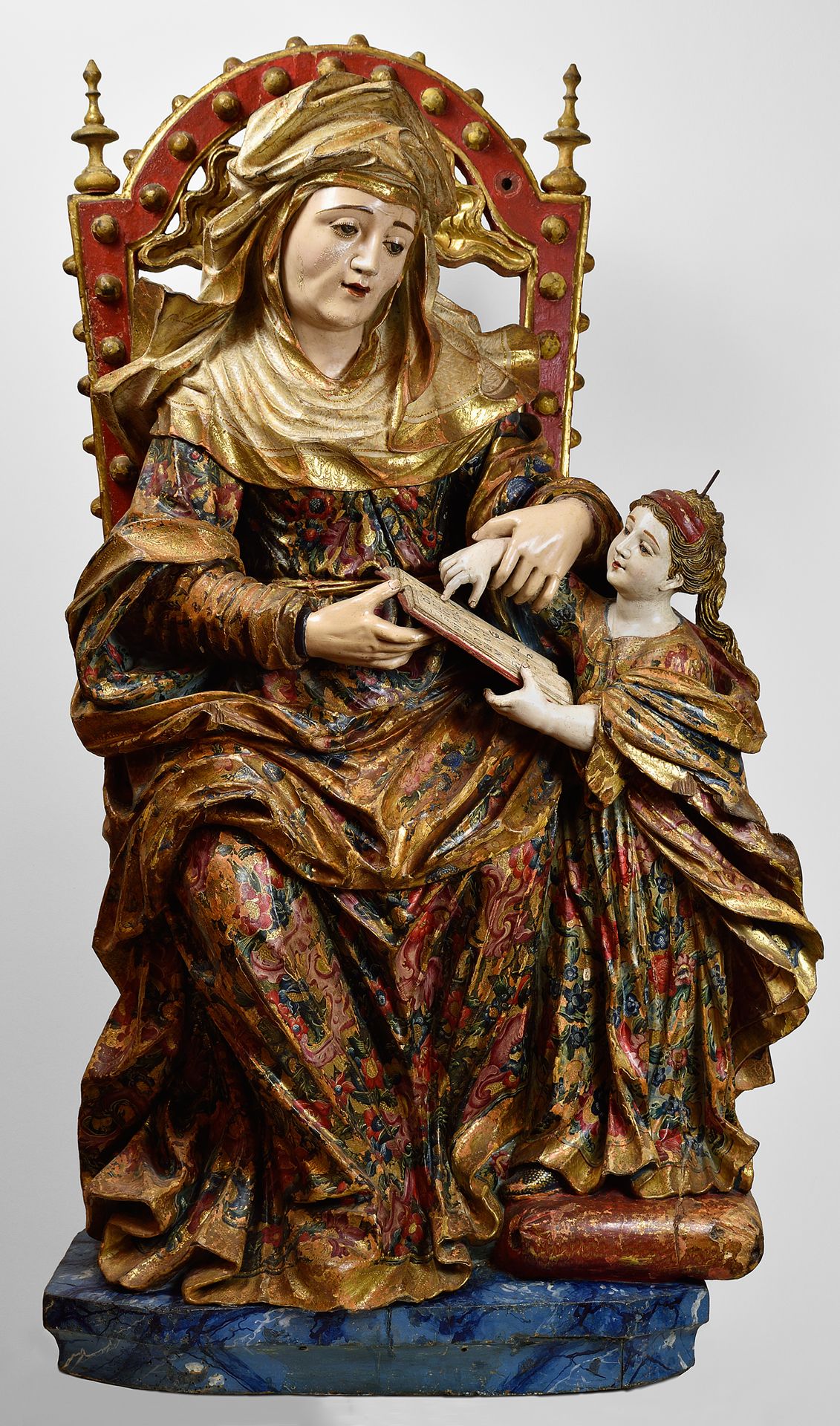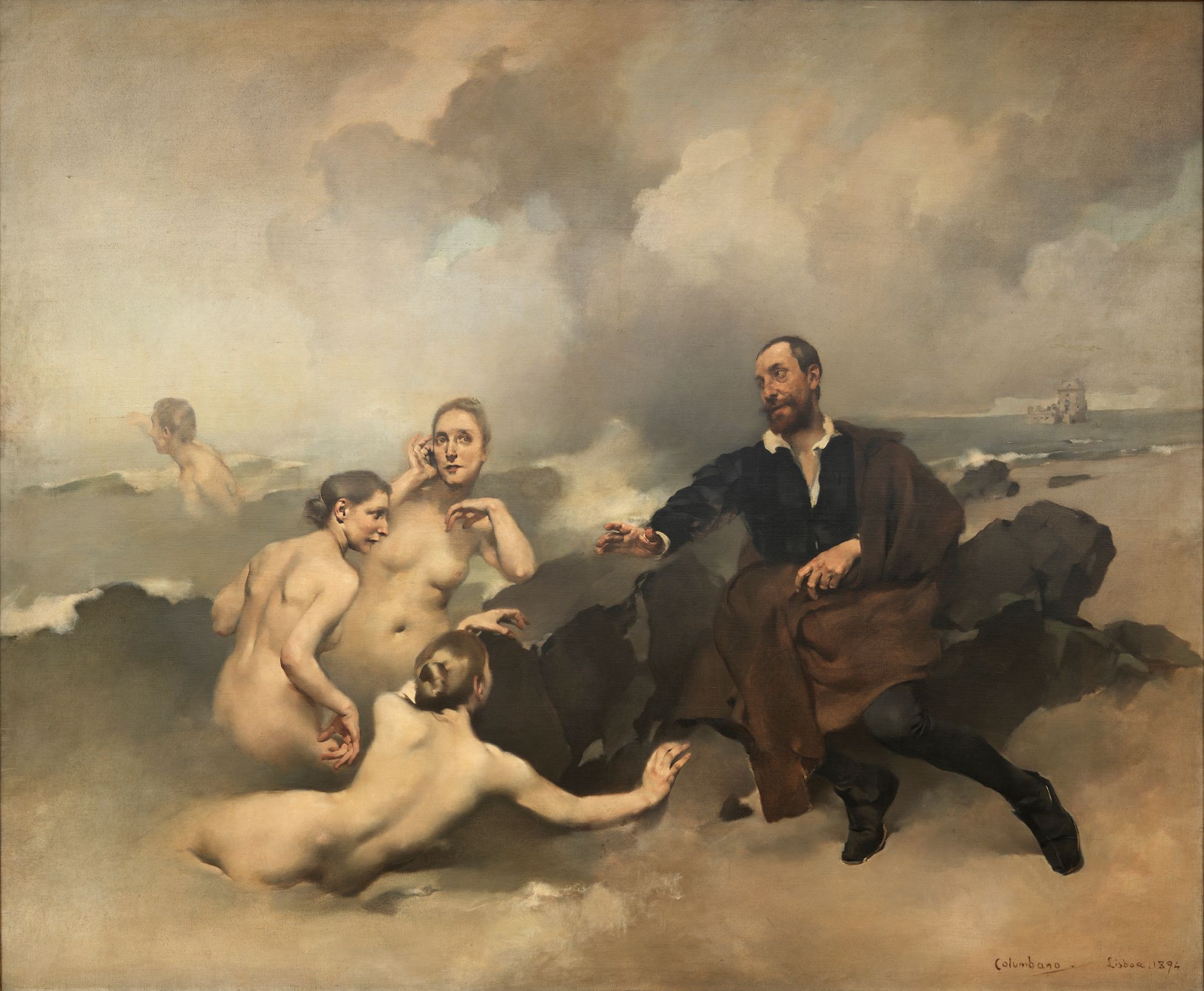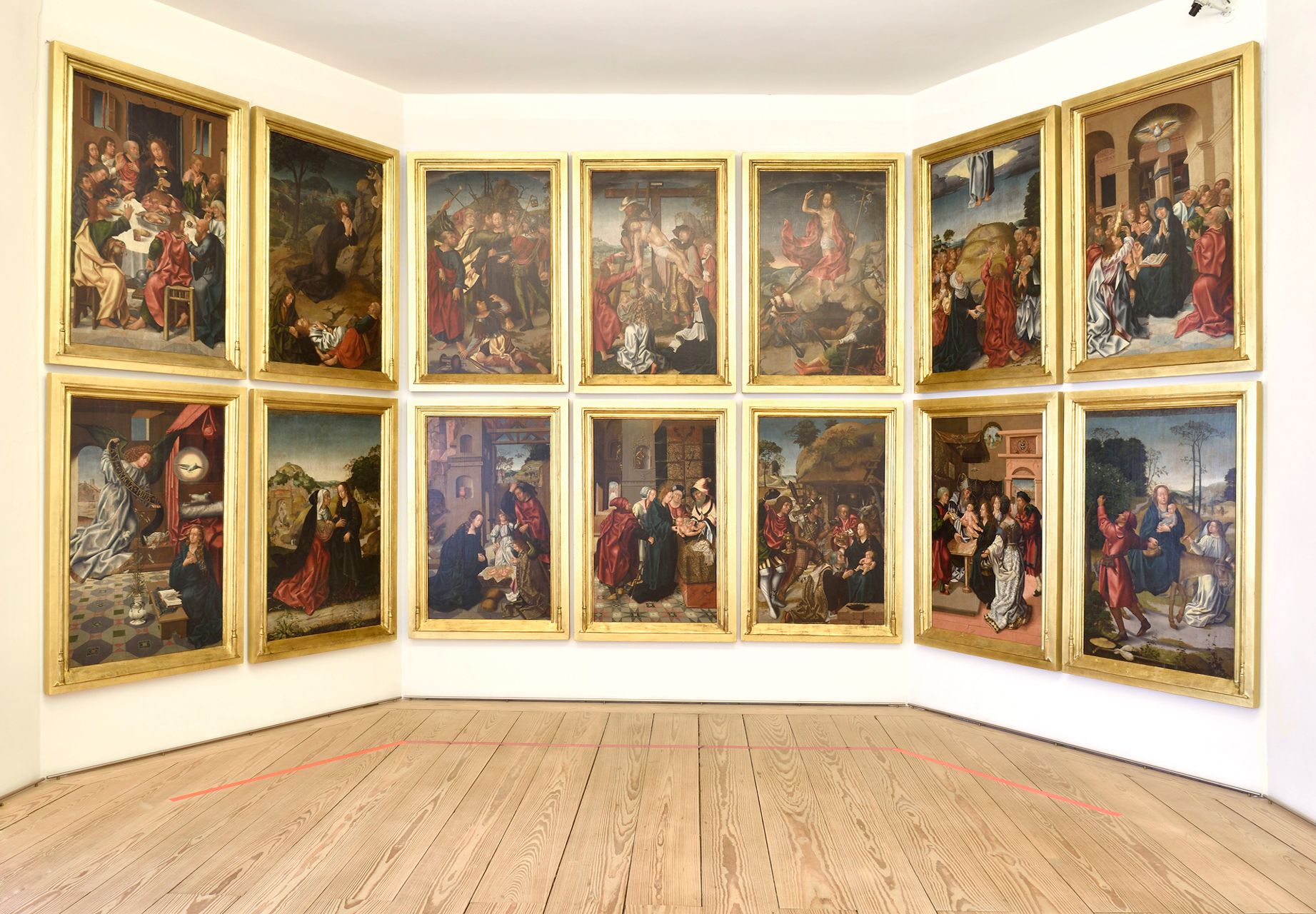The Grão Vasco National Museum was founded in 1916 to preserve and value the historical, artistic and archaeological heritage of the Viseu region, especially the important paintings by Vasco Fernandes (c. 1475-1542), aka Grão Vasco. Between 2001 and 2004, the project of architect Eduardo Souto Moura renovated it and adapted it to the requirements of a new museum program.
It is located in the historic centre of Viseu, in the Three Echelons Palace, next to the Cathedral, installed in an imposing granite building, started in 1593 and which shows a unique relationship between sobriety and monumentality. During the 18th century, the second floor was built. In the 19th century, it moved from church ownership to the public domain, housing, among other services, the Museum and its valuable collections.
The Grão Vasco National Museum exhibits, as main collection, a remarkable set of altarpiece paintings from the first half of the 16th century, by Grão Vasco, collaborators and contemporaries. The works executed mainly for the Cathedral of Viseu added to others from churches in the region and items from other museums. The Museum also exhibits collections of paintings, sculpture, jewellery, Portuguese faïence, oriental porcelain, furniture and ivory, from the Romanesque to the Baroque, as well as objects and figurative supports originally intended for liturgical practices.
The collection of Portuguese paintings, from the 19th and 20th centuries, assumes a special importance, as it integrates works by very significant artists in the context of the production of this period, such as Columbano Bordalo Pinheiro, José Malhoa, Alfredo Keil, Soares dos Reis, Silva Porto, António Ramalho or Sousa Lopes. The Museum also has important collections of Russian art, archaeology, mineralogy, numismatics and drawing.
It is worth mentioning the 24 items classified as Movable Cultural Property of National Interest, commonly known as "national treasures", such as the Old Altarpiece of the Main Chapel of the Cathedral of Viseu, by Grão Vasco and Francisco Henriques. Painted between 1501 and 1506, the altarpiece was formed at the time by 18 panels displayed in three rows, placed in a gilded carved structure. With the subsequent enlargement works of the main chapel, the carved altar was dismantled and the paintings moved to other spaces. In addition to being a set of ancient paintings of great mastery, the fact that the image of the black wise man King Balthazar, on the panel of the Adoration of the Magi, was replaced by the first representation of an Indian from Brazil in Western art, makes this altarpiece a piece of exceptional iconographic, artistic and historical value.



